
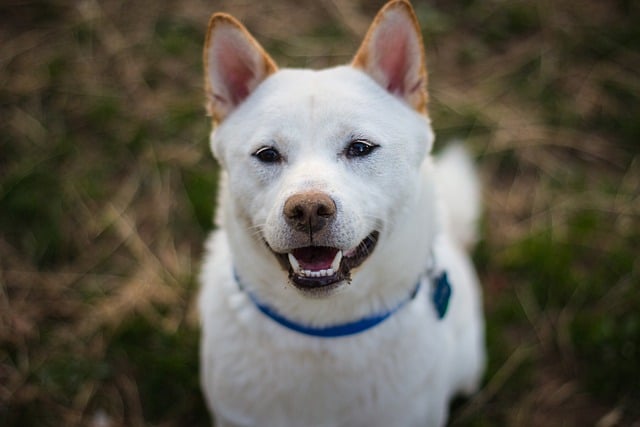
Shiba Inus are one of the most iconic dog breeds, instantly recognizable by their fox-like features, confident expressions, and bold personalities. But beyond their adorable exterior and viral internet fame, Shiba Inus have some unique quirks that make them even more interesting. From their ancient history to their one-of-a-kind behaviors, here are nine fun facts about Shiba Inus that will surprise even the most seasoned dog lovers!
They Are One of the Oldest Dog Breeds in the World
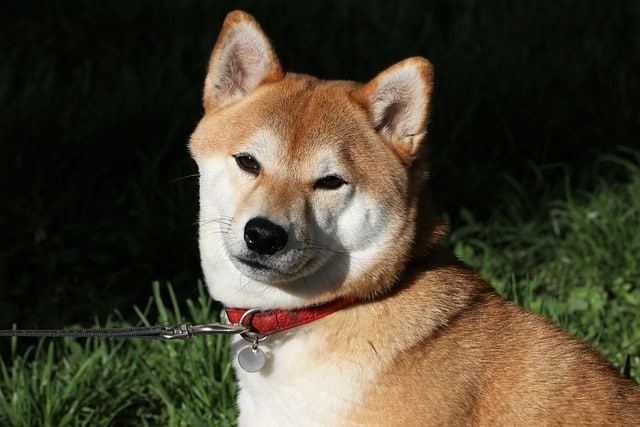
Shiba Inus have a rich history that dates back thousands of years. Originating in Japan, they are one of the six native dog breeds of the country, making them an ancient and culturally significant breed. Archaeological evidence even suggests that dogs similar to Shiba Inus existed during the Jomon period in Japan, which lasted from 14,000 to 300 BCE!
They Were Bred to Hunt in the Mountains

Shiba Inus may be small, but they are incredibly agile and athletic. Originally, they were bred to hunt small game and flush birds out of thick brush in Japan’s mountainous regions. Their compact size, nimbleness, and sharp senses made them perfectly suited for traversing rugged terrain.
They Have a Unique “Shiba Scream”
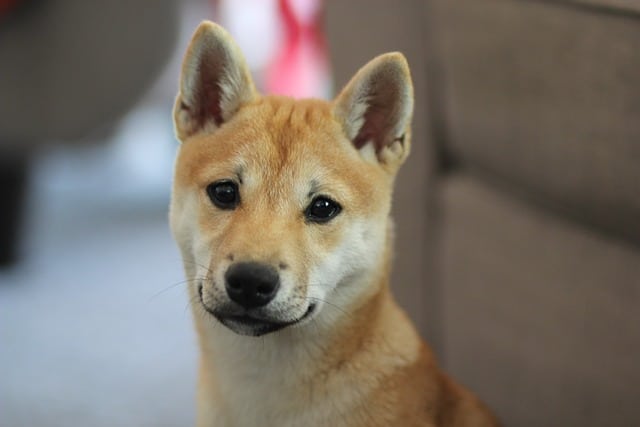
If you’ve never heard a Shiba Inu’s infamous scream, you’re in for a surprise! Shibas have a high-pitched, loud vocalization that they use when they’re excited, scared, or feeling playful. It’s both endearing and startling, often catching unsuspecting owners off guard with how expressive and dramatic these dogs can be.
Shiba Inus Are Known for Their Cat-Like Behavior
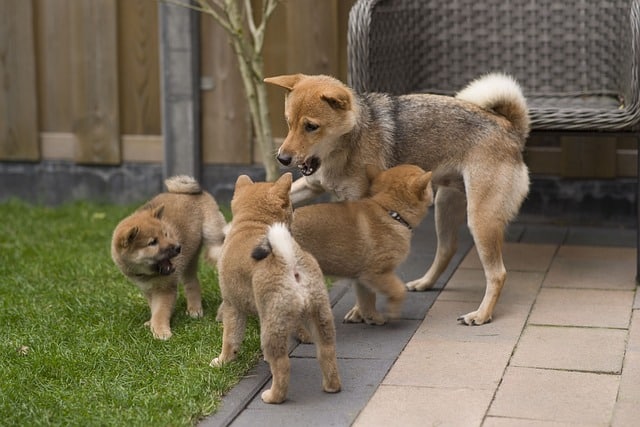
Shiba Inus are often described as having a personality that’s part dog, part cat. They are highly independent, have a strong desire to keep themselves clean, and are known to groom themselves like cats. This independence means they’re not overly clingy but still enjoy affection on their own terms.
They Have a Double Coat Designed for Harsh Weather
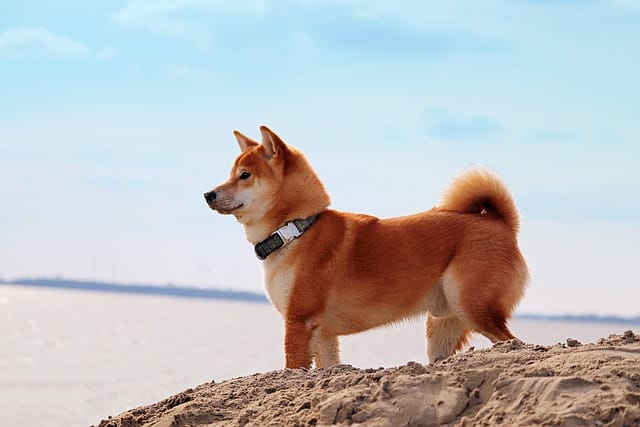
Their luxurious double coat not only adds to their charm but also serves a practical purpose. The dense undercoat keeps them warm in cold weather, while the outer coat repels dirt and moisture. However, this also means Shiba Inus shed—a lot—especially during seasonal changes.
They Are Extremely Loyal but Also Stubborn
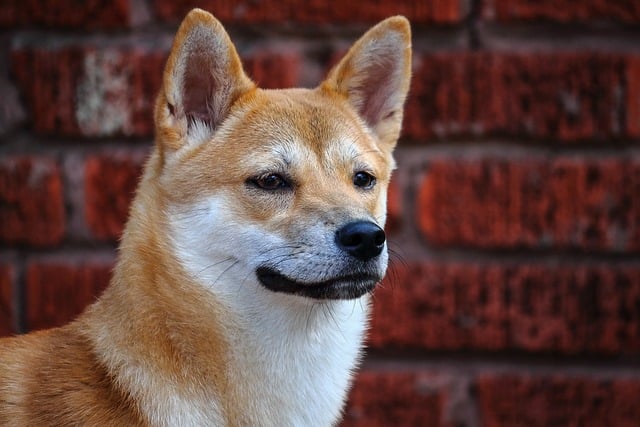
Shiba Inus are fiercely loyal to their families and form strong bonds with their owners. However, they are also known for their stubborn streak, making training a challenge. Patience and consistent positive reinforcement are key to working with a Shiba, as they are highly intelligent but like to do things their own way.
Shiba Inus Are Masters of Escape

These clever canines have a knack for escaping from yards and enclosures. Their curiosity and athleticism mean they can jump surprisingly high or squeeze through small gaps. As a result, Shiba Inu owners often have to “Shiba-proof” their homes and yards to prevent unplanned adventures!
They Have a Strong Prey Drive
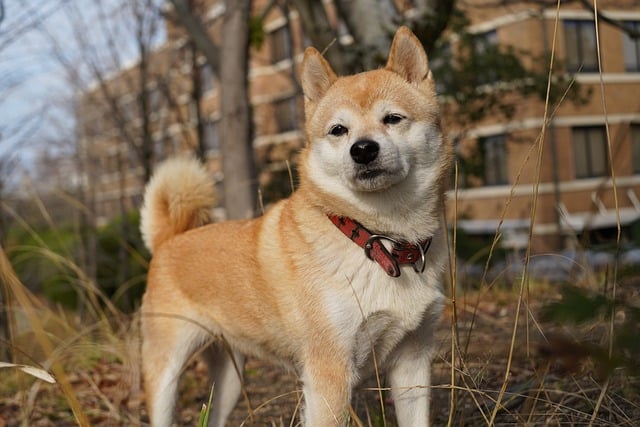
Because of their hunting background, Shiba Inus have an instinctive prey drive. This means they may be tempted to chase after squirrels, birds, or other small animals during walks. It’s crucial for owners to use a secure leash and harness to ensure their safety and to provide plenty of mental and physical stimulation.
Shiba Inus Have Their Own Emojis in Japan
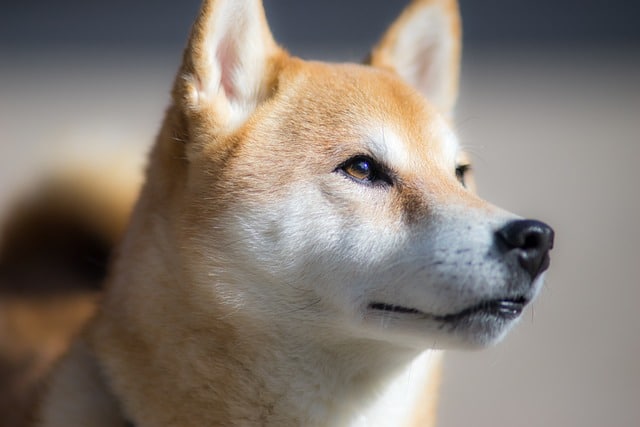
Shiba Inus are such a beloved breed in Japan that they even have their own set of emojis called “Shibamoji”! These emojis capture the expressive and mischievous faces of Shiba Inus and are popular among dog lovers worldwide. It’s just another way this breed has captured the hearts of people all over the globe.
Furry Friends Full of Surprises!
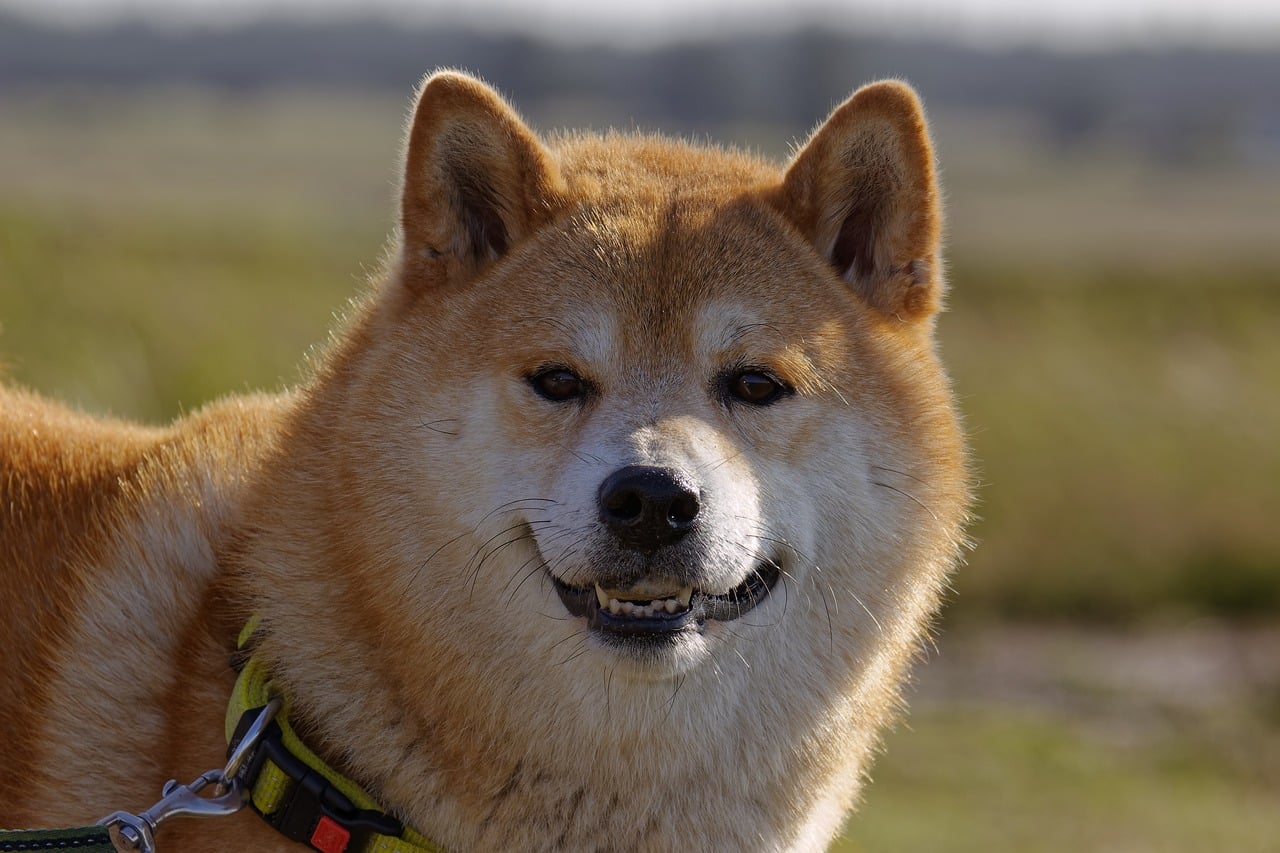
Shiba Inus may look cute and cuddly, but they have the personalities and history to match their captivating appearance. With their independent nature, mischievous streaks, and surprising talents, there’s never a dull moment when a Shiba Inu is around. Whether you’re a Shiba owner or an admirer, these fun facts make it clear why this breed is one of the most fascinating companions you could ever meet!
The post 9 Fun Facts You Didn’t Know About Shiba Inus appeared first on iHeartDogs.com.
via Whisker Therapy